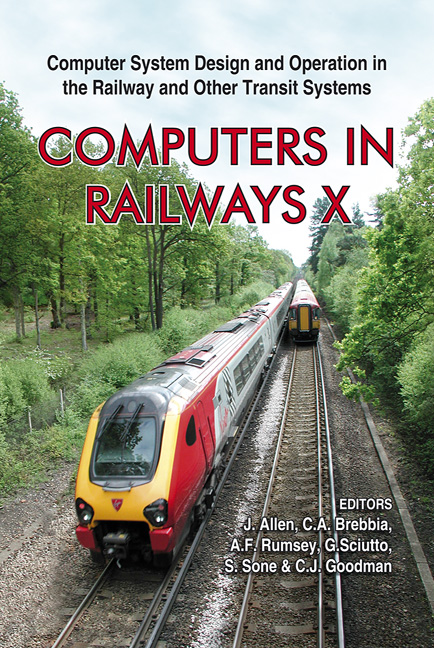Impact Of Train Model Variables On Simulated Energy Usage And Journey Time
Price
Free (open access)
Transaction
Volume
88
Pages
9
Published
2006
Size
469 kb
Paper DOI
10.2495/CR060711
Copyright
WIT Press
Author(s)
P. Lukaszewicz
Abstract
Several train model input variables, such as running resistance, line voltage, adhesion, braking release time and braking gain time, are studied. An analysis is performed on how variations in the variables impact relatively on calculated energy usage and running time of trains. The study shows that for the calculation of energy usage the simulations are most sensitive to variations in running resistance, followed by line voltage, adhesion, braking release time and braking gain time. For the running time, the study shows that variation in mechanical rolling resistance and air drag has a relatively small influence provided that the tractive force is big enough. If the line voltage and adhesion, which affect here the tractive force, drop below certain levels the running time increases dramatically. The braking release and gain times have little influence on the running time. The results also show which variables should be paid extra attention to, when constructing a train model. Keywords: train modelling, train data, sensitivity, power consumption, energy usage, running time, simulations, ERTS. 1 Introduction The correctness of computed results of energy usage and running time of trains in a railway network is dependent upon the chosen train model and input data. Therefore it is of interest to examine quantitatively how much the results can differ from each other if the input data used by the same train model varies and which data should be paid extra attention to. By means of sensitivity analysis, the impact of the following variables is studied for a SJ Rc4 loco hauled freight train:
Keywords
train modelling, train data, sensitivity, power consumption, energy usage, running time, simulations, ERTS.





